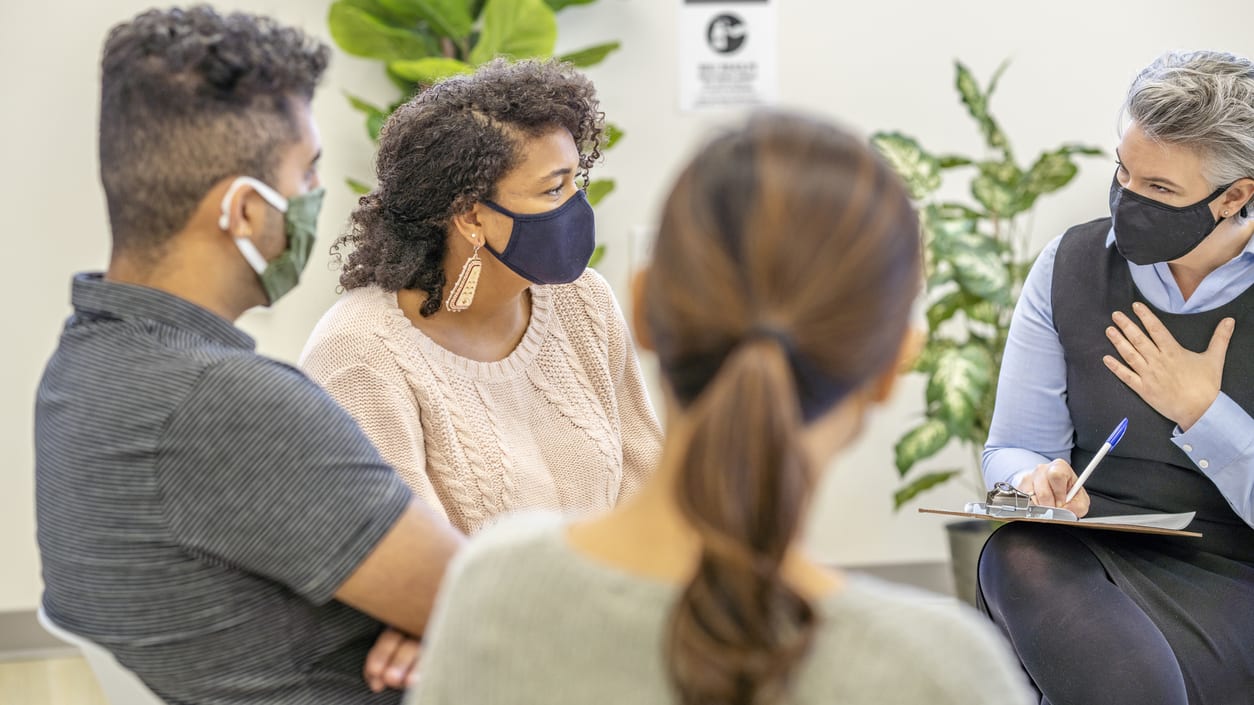5 Tips to Protect Workers' Health and Well-Being
Industrial-organizational psychologists offer employers advice as pandemic continues to affect workplace

Industrial-organizational psychologists offer employers advice as pandemic continues to affect workplace
